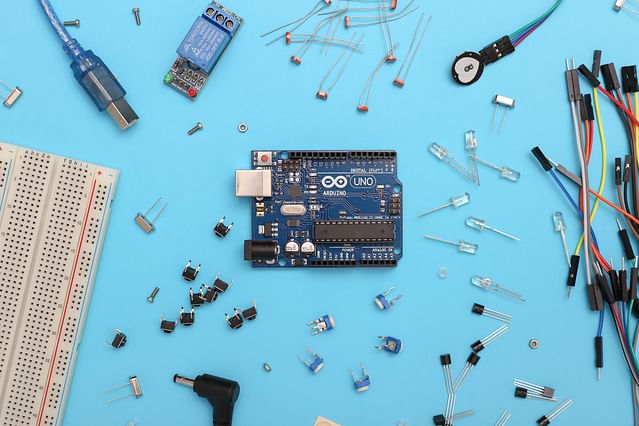
DIY Home Automation: Building Your Own Smart Devices for Customized Automation
Imagine waking up in the morning and having your coffee ready, your curtains open, and your favorite music playing automatically. Or coming back from work to a perfectly lit and cozy home, with the temperature just right and the TV already on your favorite show. Sounds like a dream, right? Well, with DIY home automation, you can turn this dream into a reality.
Home automation is all about using technology to create a more convenient, comfortable, and efficient living space. It involves connecting various devices and systems in your home, like your lights, thermostats, security cameras, and entertainment systems, and being able to control them remotely or automatically. This can be done through a central hub or app, or using voice commands with a virtual assistant like Alexa or Google Home.
While there are plenty of off-the-shelf home automation products available in the market, building your own smart devices can be a fun, rewarding, and cost-effective alternative. By DIY-ing your home automation, you can customize your setup to fit your specific needs and preferences, experiment with new technologies and ideas, and learn valuable skills along the way.
If you're new to DIY home automation, here are some ideas to get you started:
Smart Switches and Sensors
Smart switches and sensors can be used to automate your lights, fans, and other electrical devices. You can replace your traditional switches with smart ones that can be controlled through your phone, set schedules or timers, and even work with voice assistants. Sensors can be used to detect motion or changes in temperature, humidity, or air quality, and trigger specific actions accordingly, like turning on a fan or sending an alert to your phone.
To build a smart switch, you'll need a Wi-Fi connected microcontroller board like ESP8266 or ESP32, a relay module to control the AC voltage, and some basic tools like a soldering iron, wires, and a power supply. You can find plenty of tutorials online that guide you through the circuit design, programming, and testing process.
Smart Mirrors
Smart mirrors are an elegant way to upgrade your bathroom or dressing room. They can display useful information like weather, news, or traffic, play music or podcasts, and even stream videos or TV shows. You can build a smart mirror using a two-way mirror, a screen, a microcontroller board, and some software like Home Assistant or MagicMirror. With a bit of coding, you can customize the layout, widgets, and integrations to suit your preferences.
Custom Voice Assistants
Virtual assistants like Alexa or Google Home are great, but they can be limited in their capabilities and sometimes compromise your privacy. Building your own voice assistant can give you full control over the functionality and data management, and allow you to experiment with new voice recognition technologies like Mycroft or Snips. You can use a Raspberry Pi or similar board, a microphone array, and some software like Jasper or Rhasspy to create your custom assistant. You can teach it new skills, integrate it with your smart devices, and even make it personalized by adding your own voice.
Conclusion
DIY home automation can be a rewarding and exciting hobby that allows you to unleash your creativity, improve your living space, and learn valuable skills. With a bit of research, planning, and experimentation, you can build your own customized smart devices that cater to your unique needs and preferences. Just remember to start with simple projects, be patient with the learning process, and always prioritize safety and security. Happy hacking!
Posted on: Apr 6, 2023 Last updated at: Apr 10, 2023